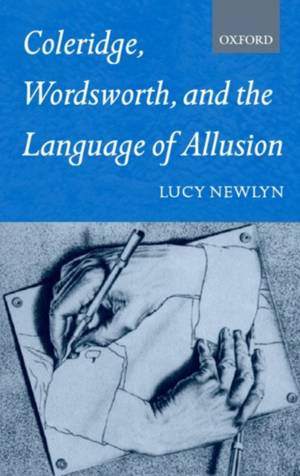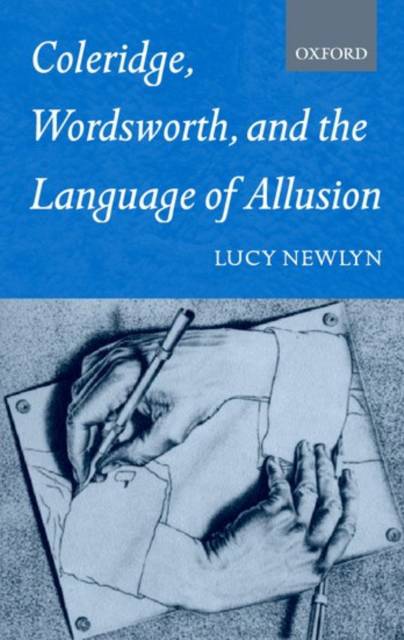
Je cadeautjes zeker op tijd in huis hebben voor de feestdagen? Kom langs in onze winkels en vind het perfecte geschenk!
- Afhalen na 1 uur in een winkel met voorraad
- Gratis thuislevering in België vanaf € 30
- Ruim aanbod met 7 miljoen producten
Je cadeautjes zeker op tijd in huis hebben voor de feestdagen? Kom langs in onze winkels en vind het perfecte geschenk!
- Afhalen na 1 uur in een winkel met voorraad
- Gratis thuislevering in België vanaf € 30
- Ruim aanbod met 7 miljoen producten
Zoeken
Omschrijving
In her study of two creative minds, Lucy Newlyn offers a startlingly new version of the poetic interaction between Coleridge and Wordsworth during the critical years from 1797 to 1807. Rejecting the traditional accounts, even those given by the poets themselves, which have minimized the differences between the two, Newlyn demonstrates that it is only on the most superficial level that each poet seemed to be the other's ideal audience. Below that surface, she insists, there were radical dissimilarities between the two which led to a kind of "creative" misunderstanding by which each artist clearly defined himself in relation to the other. Because it is in the poet's "private language" of allusion that these differences are most clearly seen, the book concludes that this "private language" spoken by artists amongst themselves may in fact be the most aggressive of literary forms.
Specificaties
Betrokkenen
- Auteur(s):
- Uitgeverij:
Inhoud
- Aantal bladzijden:
- 274
- Taal:
- Engels
- Reeks:
Eigenschappen
- Productcode (EAN):
- 9780199242597
- Verschijningsdatum:
- 24/05/2001
- Uitvoering:
- Paperback
- Formaat:
- Trade paperback (VS)
- Afmetingen:
- 140 mm x 216 mm
- Gewicht:
- 353 g

Alleen bij Standaard Boekhandel
+ 235 punten op je klantenkaart van Standaard Boekhandel
Beoordelingen
We publiceren alleen reviews die voldoen aan de voorwaarden voor reviews. Bekijk onze voorwaarden voor reviews.









